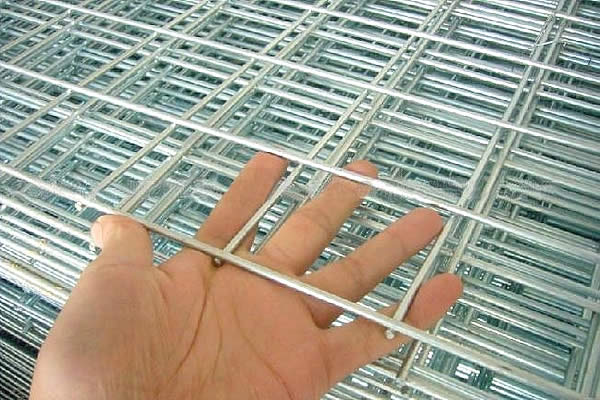 TEL:
+86-13102802206
TEL:
+86-13102802206
 Email:
fencenetting@china.com
Email:
fencenetting@china.com
 Language
Language
 TEL:
+86-13102802206
TEL:
+86-13102802206
 Email:
fencenetting@china.com
Email:
fencenetting@china.com
 Language
Language


The Significance of Iron Winding Wire in Modern Applications
Iron winding wire has emerged as an essential component in various industrial applications, primarily due to its unique properties that cater to the demands of contemporary technology. This versatile material plays a critical role in the manufacturing of transformers, motors, and inductors, where its conductivity and strength are indispensable. Understanding the characteristics and benefits of iron winding wire is vital for industries looking to enhance efficiency and performance.
Composition and Properties
Iron winding wire is primarily composed of high-purity iron or iron alloys, which provide better conductivity compared to many other metals such as copper or aluminum. While copper is widely used due to its excellent conductivity, iron winding wire offers advantages in scenarios where strength and resistance to thermal effects are necessary. One of the key properties of iron is its higher mechanical strength, allowing it to withstand adverse operational conditions.
Moreover, iron winding wire can be subject to various treatments, such as insulation coatings, which enhance its durability and enable it to perform effectively in electrically demanding environments. The insulation helps prevent short circuits while also protecting the wire from moisture and other corrosive elements. This quality makes iron winding wire particularly suitable for outdoor applications or areas with less-than-ideal conditions.
Applications in Electrical Engineering
The primary application of iron winding wire lies in electrical engineering, particularly in the manufacture of coils for transformers and motors
. In transformers, iron winding wire is used for both primary and secondary coils, facilitating the efficient transfer of energy between circuits. The high permeability of iron also enhances the magnetic properties necessary for effective electromagnetic induction.
In electric motors, the wire is crucial for winding the stator and rotor. Efficient windings directly correlate to the motor's performance, affecting torque, speed, and overall energy efficiency. Furthermore, the mechanical strength of iron winding wire allows motors to operate under higher loads without compromising structural integrity, which is vital in applications like robotics or heavy machinery.
Iron winding wire is also used in inductors, which are vital components in power supply circuits and filtering applications. Inductors utilize the magnetic field generated by the wire, and choosing iron winding wire with optimal specifications is essential to achieving desired inductance levels.
Advantages Over Other Materials
While copper winding wire remains the gold standard in many electrical applications, iron winding wire offers several advantages that could make it a preferred choice in specific scenarios. One of the foremost advantages is cost-effectiveness; iron is generally more affordable than copper. This cost difference can significantly impact manufacturing budgets, especially in large-scale productions.
Another advantage is the thermal performance of iron winding wire. Its ability to maintain strength and performance at elevated temperatures makes it suitable for high-temperature applications. This resilience is particularly beneficial in industrial environments where machinery is subjected to variable thermal conditions.
Conclusion
In conclusion, iron winding wire serves a critical role in various sectors of electrical engineering, providing a combination of mechanical strength, conductivity, and cost-effectiveness. As industries continue to evolve and demand more efficient solutions, the utilization of iron winding wire will likely increase. Understanding its properties and applications will enable engineers and manufacturers to make informed decisions, optimizing their designs and enhancing the performance of their electronic devices. As technological advancements proceed, iron winding wire stands poised to remain a relevant and essential component in the electrical and engineering fields.